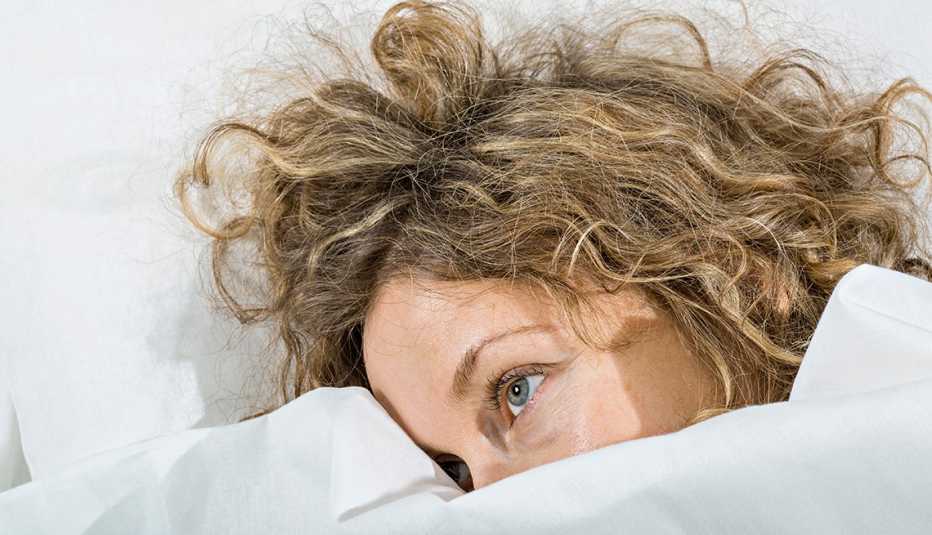Staying Fit
As many of us have discovered through experience, even just a couple nights of bad sleep can wreak havoc on our health. Poor sleep is often followed by irritability, grogginess, lack of focus and volatile moods.
What follows are some surprisingly effective tips that may be the extra nudge you need for a satisfying snooze.


AARP Membership— $12 for your first year when you sign up for Automatic Renewal
Get instant access to members-only products and hundreds of discounts, a free second membership, and a subscription to AARP the Magazine.
1. Fret strategically
Worry is a major sleep hijacker. Many sleep experts say that worry has its place in our lives — but not at bedtime. One definition of insomnia could be the mind having its payback for the thoughts you carefully avoided during the day. Wendy Troxel, senior behavioral and social scientist at Rand Corp. and author of Sharing the Covers: Every Couple’s Guide to Better Sleep, recommends scheduling a worry exercise to help disarm obtrusive fears.
“I think of it as a worry download,” she says. “It involves spending 15 minutes, several hours before bedtime, in which you allow your brain to go hog wild on all the worries and thoughts that come to mind. Write them down, make lists, think about the dry cleaning you forgot to pick up, the work that you still must do, the deadlines that are approaching, the doctor’s appointments that must be made. Let your brain run free for those 15 minutes.”
When the timer goes off, Troxel says, you literally and figuratively close the book on that worry exercise. The worry exercise replaces the habit of worrying in bed, and it gives your brain a chance to experience the worry during a more productive time of day. Later, she says, you can return to the list and take action, completing tasks and crossing things off your list.





































































